By Stephen Beaumont
When we last left our mini-history of Canadian craft brewing, we had reached the turn of the millennium with a robust 160-odd breweries and an apparently bright and beery future.
Note, for Part I of this two-part Canadian Craft Brewing History series, go here.
What we, or at least I, in the 2001 second edition of my Great Canadian Beer Guide, failed to recognize is that the future would be far, far brighter than even the greatest optimist could imagine.
But at the time, while it might be hard to believe in today’s IPA-mad marketplace, it was nigh on impossible to find a properly hoppy, locally-brewed Ontario ale in the early 2000s, and frankly things weren’t much better in other provinces. What IPAs were being brewed tended towards the maltier British take on the style, rather than the more assertively bitter American version.
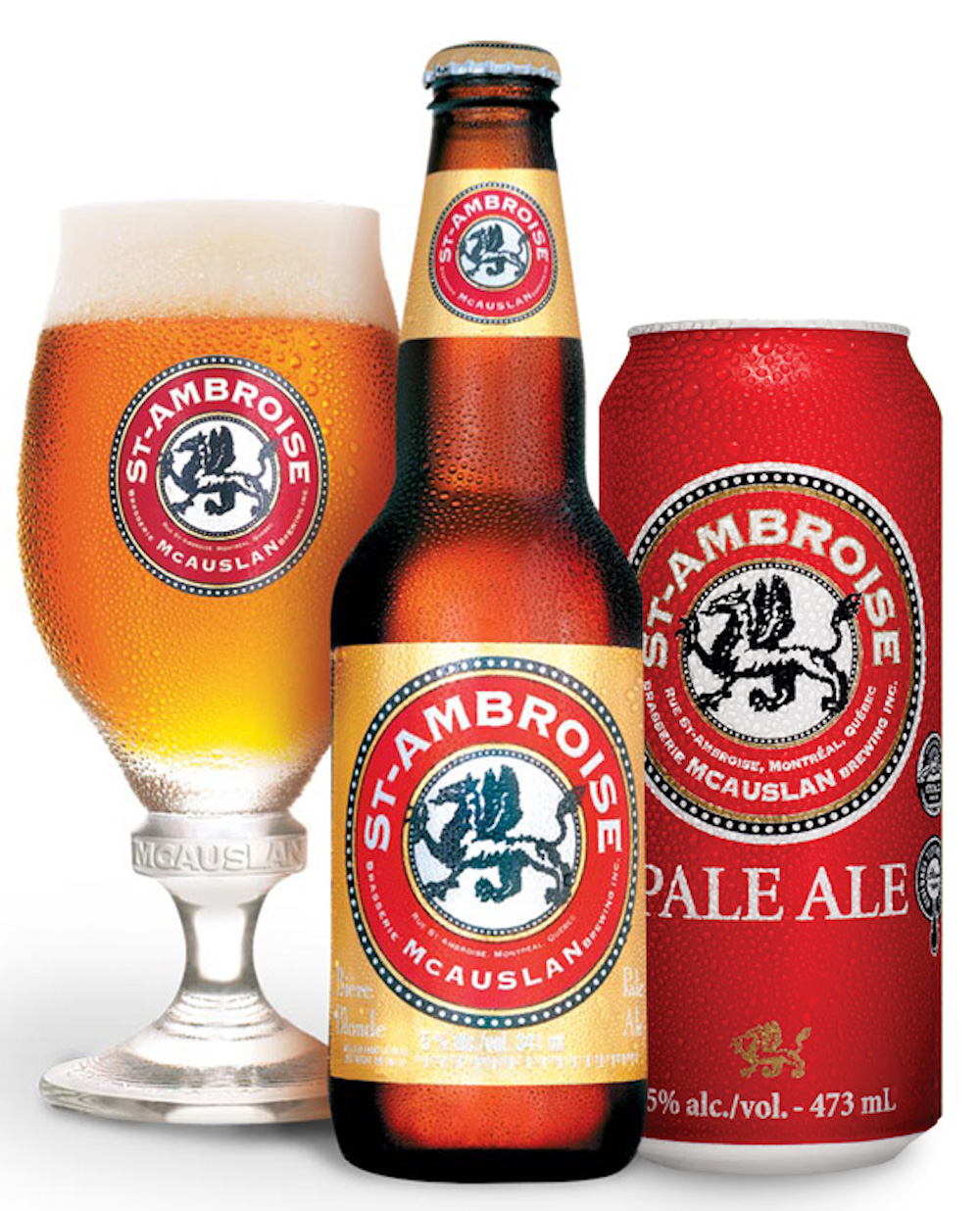
Beyond our paucity of IPAs, Canadian craft beer tended to fall into mostly classic British and German styles, with a greater Belgian influence in Québec. Which is not to say that our brewers weren’t making good to great beers – Black Oak’s Nut Brown Ale was and remains a provincial standard for its style, while when it was launched, McAuslan Brewing’s St. Ambroise Pale Ale presented beautifully a new face of Québécois beer, and I will still go out of my way for a Mt. Begbie High Country Kölsch from the BC interior – but innovation and experimentation did not exactly abound.
Perhaps unsurprisingly, that situation began to change alongside a serious uptick in the number of Canadian breweries through the second decade of this century. While our brewery count roughly doubled between 2000 and 2010, it more-or-less quadrupled over the following ten years to 1,210 by 2020, according to the industry association Beer Canada.
(And here, allow me to interject a small point of interest. While Canadians in general, and Canadian brewers in particular, are inclined to look to our American neighbours for guidance and leadership in terms of craft brewing, from the early 1990s and onward Canada has boasted as many or more breweries proportional to our population, right up to our present day three breweries per 100,000 citizens, compared to 2.6 for the United States.)
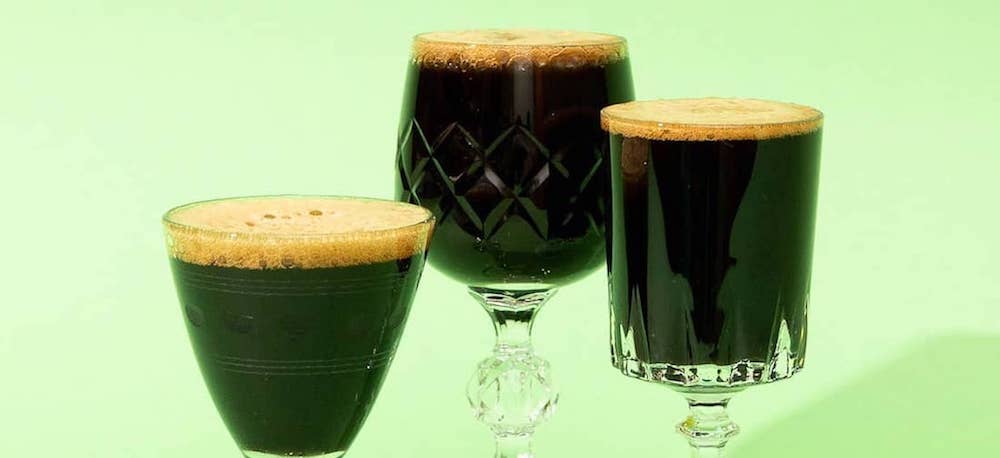
With more breweries, there arrived quite naturally more brewers, many of whom had been schooled during the late aughts era of barrel-aged stouts and newly hop-enthusiastic breweries. Combined with the rise of yeast companies and their diverse, even mixed culture offerings, plus the spirit of exploration that pretty much defined craft beer around the world during the 2010s, this resulted in an exponential grown in the varieties and flavours of beer throughout the Canadian marketplace.
In Ontario, one of the pivotal moments was the opening of the Bellwoods Brewery in Toronto in 2012. While it would be a stretch to suggest that Bellwoods was the first local brewery to embrace the odd and unconventional in brewing, they were certainly among the first and almost instantly struck a chord with the young and hip clientele of their Trinity Bellwoods neighbourhood. Among the initial batch of beers produced at their near west side location was Mash Pipe, a smoked Berliner Weiss that firmly established a market for beers well beyond the norm.
With Bellwoods packing them in on Ossington Avenue, other brewers in first Toronto, and then well beyond the GTA recognized that ‘weird’ could sell just as well as ‘traditional,’ and in short order unusual ingredients became normalized and everyone needed at least a few oak barrels for aging.
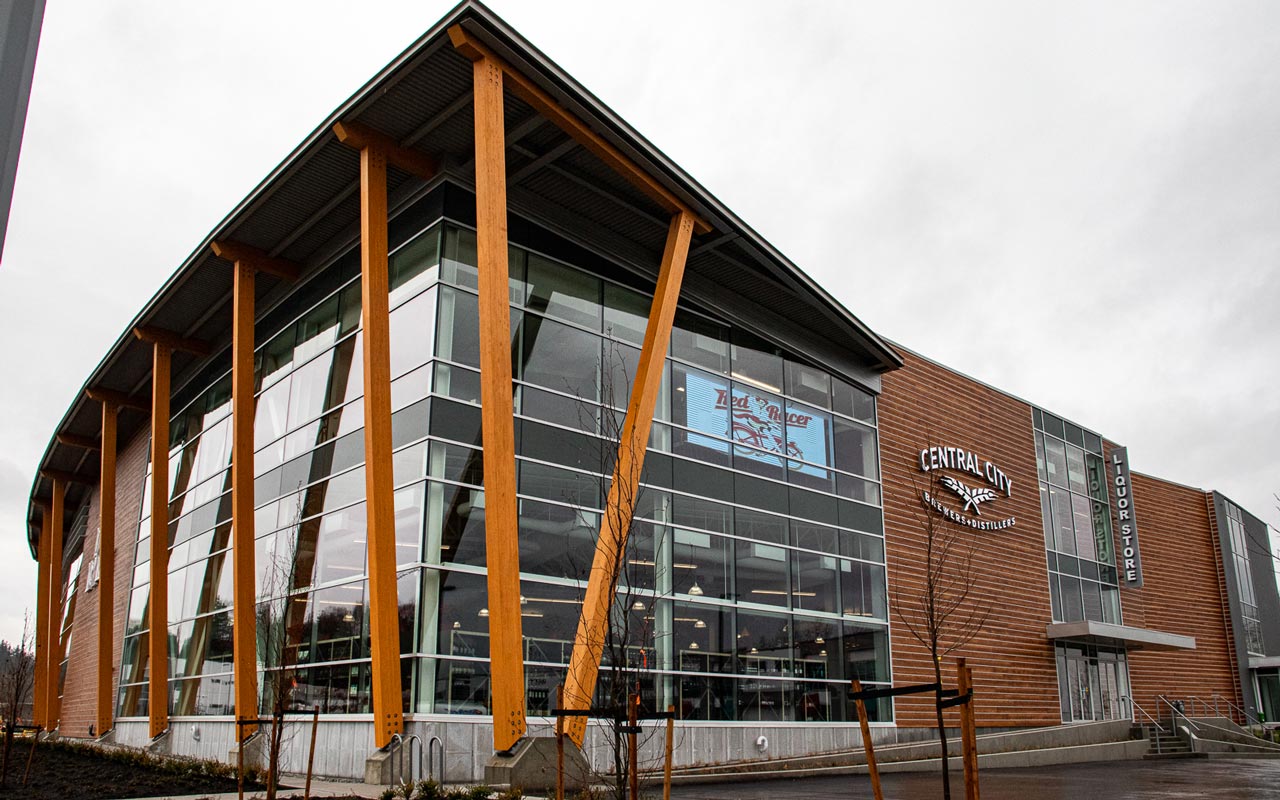
Meanwhile, out in British Columbia, Central City Brewing and its head brewer, Gary Lohin, were shaking things up with their aggressively hoppy but splendidly balanced Red Racer IPA – in cans, no less, still a bit of a novelty for craft back then – just as, a little later on, the furiously irreverent Unfiltered Brewing did with their eye-wateringly tasty Twelve Years to Zion in Nova Scotia. In Québec, the creative brewing banner was held high by Dieu du Ciel! and Trou du Diable, the latter since snapped up by Molson Coors.
Taken all together, it added up to the greatest period of brewing industry expansion in Canadian history, and unprecedented choice for Canadian beer drinkers. So while it might sometimes seem like LCBO and grocery store shelves are bursting at the seams with ‘hazy’ this and ‘juicy’ that, take heart in the fact that such beers are, in fact, only a fraction of a beer market that today offers creativity and selection as never before.
Five important craft beers from
the turn of the century and beyond

Trou Du Diable Saison Du Tracteur (6%): We have Québec to thank for much of Canada’s craft beer experimentation and innovation, and in the early days of this century, leaders in that regard were the ‘heaven and hell’ duo of Dieu du Ciel! (‘God in Heaven’) and Trou du Diable (‘Devil’s Hole,’ named for a Shawinigan whirlpool). Although opened seven years apart, the pair for many years blazed trails with their inventive ways, which in the case of Trou du Diable included being among the first Canadian brewers to successfully market a saison. Born in 2010, this is a bright, spicy, and fruity take on the style, in some ways reminiscent of a Belgian style wheat beer, but with a quenching character all its own. (Available at the LCBO)
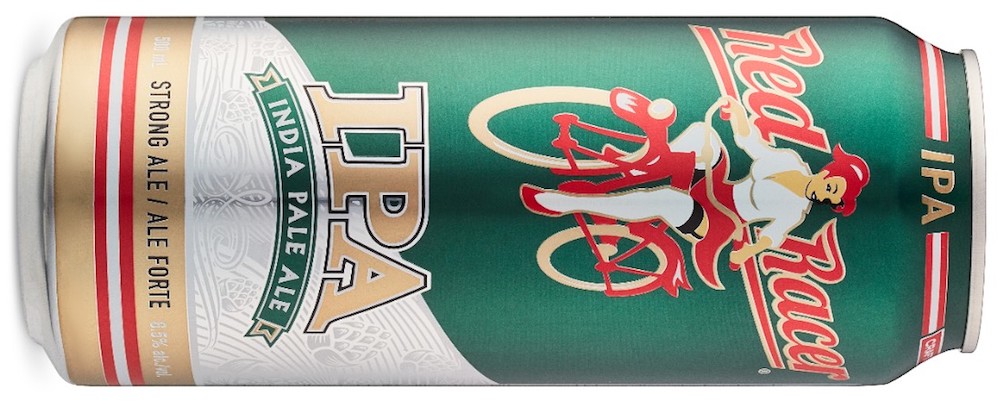
Central City Red Racer IPA (6.5%): When celebrated west coast beer scribe Joe Wiebe writes that the 2008 arrival of this beer “marked a turning point in British Columbia’s craft beer revolution,” you know that it’s a beer worthy of note. Boldly aromatic thanks to its generous dry-hopping, assertively bitter but balanced wonderfully with complex, fruity malt, and above all else supremely quaffable despite its somewhat elevated strength, this beer is a Canadian classic in every regard. Add in the fact that it sells for a mere $3.20 per 500 ml can at the LCBO and it become pretty much irresistible. (Available at the LCBO)
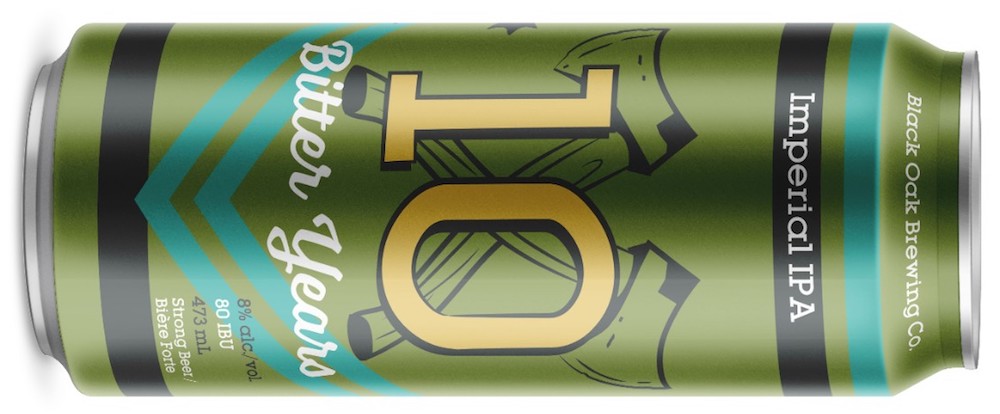
Black Oak 10 Bitter Years (8%): Crafted as a celebration of the brewery’s tenth anniversary in 2010 – the ‘bitter’ part is a winking reference to both the hoppiness of the beer and the disposition of the brewery owner – the success of this first Ontario-brewed double IPA was such that it quickly became a year-round staple in Black Oak’s portfolio. When reviewing it upon its release, I wrote that “this intensely fruity, prodigiously hoppy, copper-hued beast is the possibly the biggest, hoppiest ale Ontario has ever seen brewed within its borders.” That may no longer be, but the presence of bigger, stronger, and hoppier double IPAs does nothing to lessen the appeal of this superbly crafted pioneer – in fact, it might make it just that much more appealing! (Available at the LCBO, select Beer Stores, the brewery, and via home delivery)

Bellwoods Brewery Jelly King (5.6%): Described on the label as a ‘dry hopped (sic) sour ale,’ this is in some respects the beer that convinced Ontario craft brewers here was a future in kettle-souring – for good or ill, depending on how you view such things. What is indisputable, however, is that it offers greater complexity than do most such beers, thanks to the house blend of bacterial cultures the brewery employs, and augments that complexity with a clever bit of dry-hopping, a process that to my experience often disagrees with kettle-souring. The result is bold citrus-floral-fruity aromatics and a tartly fruity body that offers stone fruit and tangerine notes before finishing appetizingly dry and tangy. (Available at the LCBO, Bellwood’s two Toronto locations, and via home delivery)
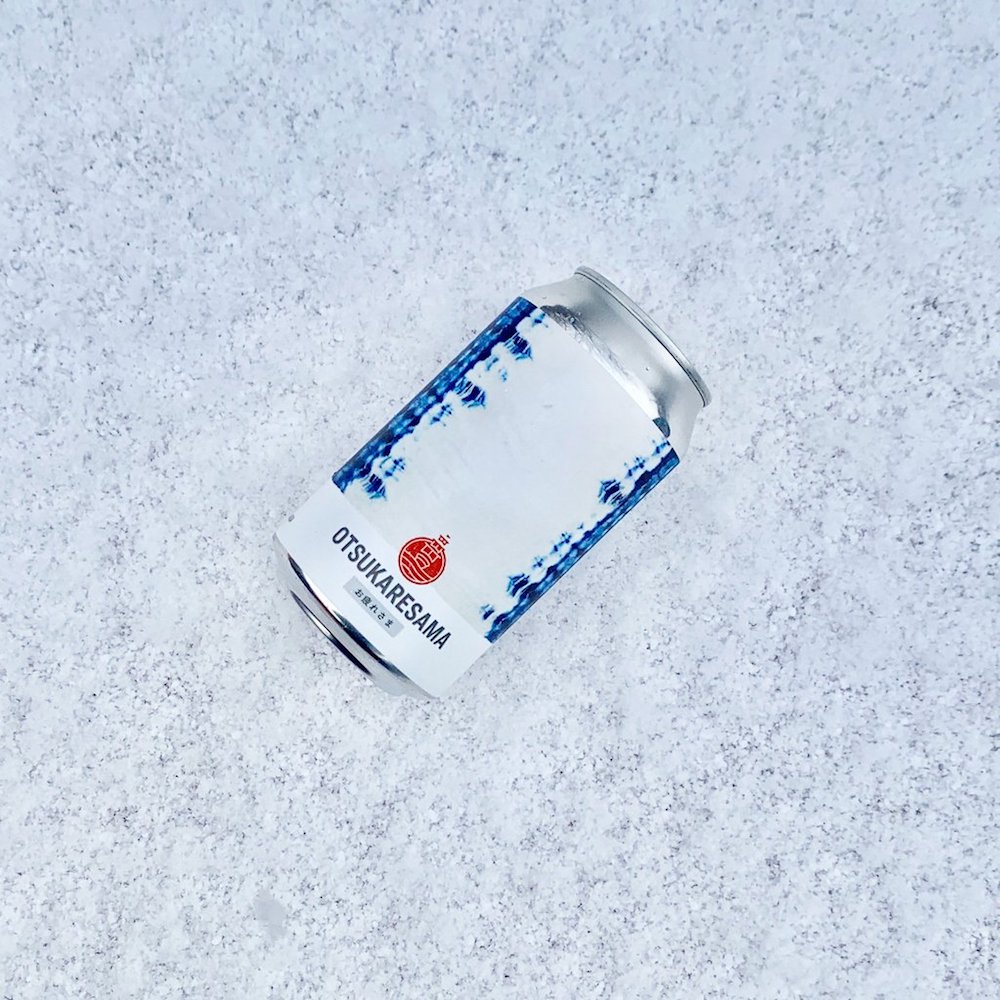
Godspeed Otsukaresama (4.8%): Canadian craft brewers differ from their American peers in that they have never shied away from producing lagers. More recently, however, many have upped their game considerably, producing cold-fermented beers the equal of many of Germany’s and the Czech Republic’s best, and at least part of the reason for this is the inspiration provided by this exceptional Dortmunder-style export lager from the Japanese-themed east side Toronto brewery, Godspeed. Brewed from German malt and hops, this is arguably a bit overly bitter for its style, but the firm, almost toothsome maltiness more than makes up for any such transgression – if a rather delicious hoppiness can even be described that way! (Available at the brewery and via home delivery)
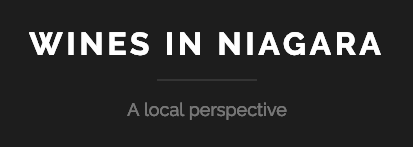







Comment here